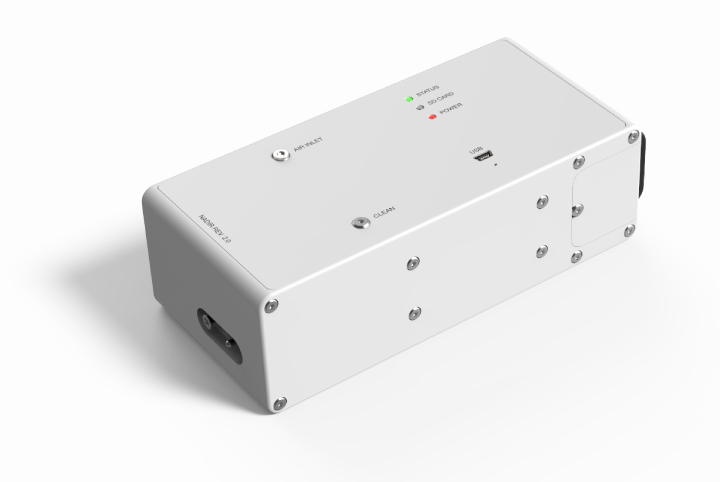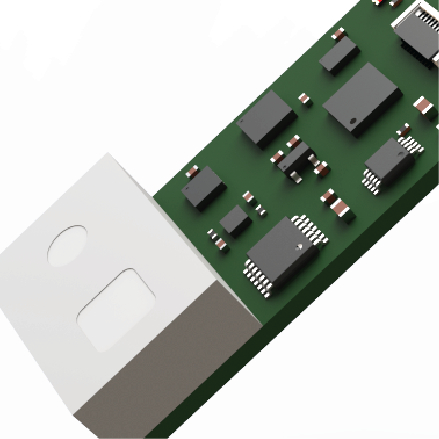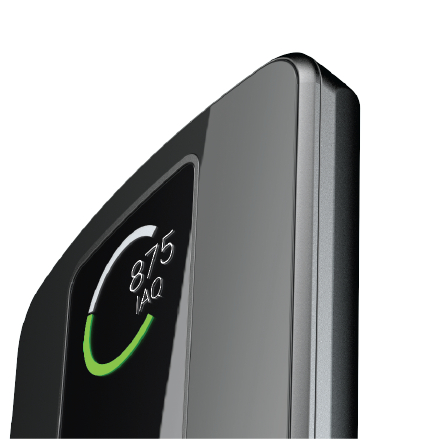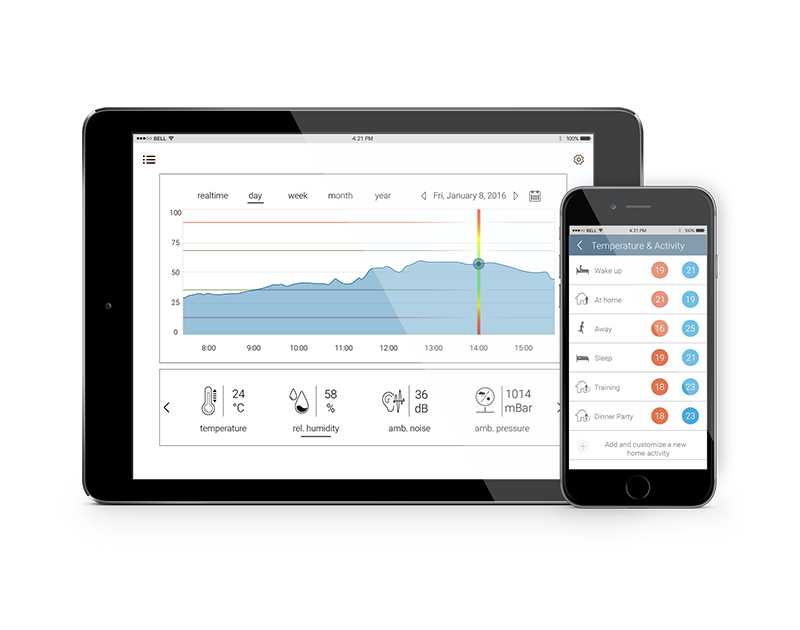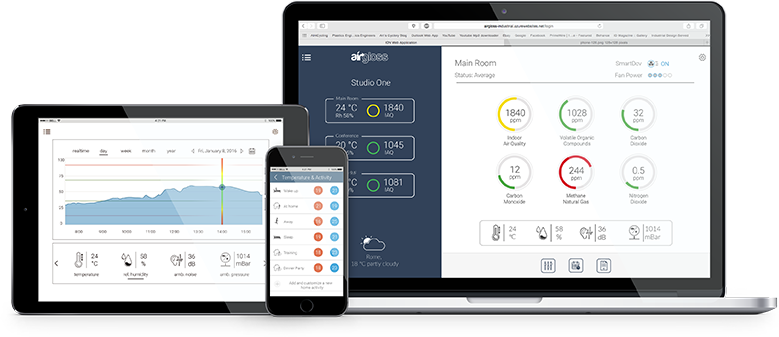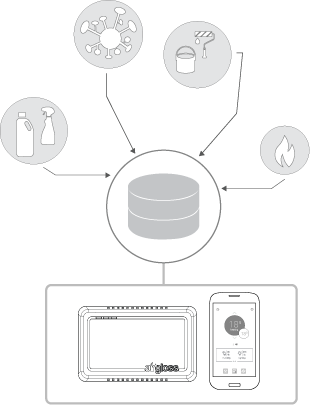BUILDING MATERIALS
Paint, varnish, adhesives, wallboards, ceiling tiles and pressed wood as
well as resins and insulation materials used for construction, release
dangerous VOCs (eg. Formaldehyde, Acetaldehyde, Toluene, Pienene, Benzene).
Common effects of exposure to high concentration of VOC’s include headache,
and irritation to eyes and throat emerge in a short period of time.
However, recent studies on prolonged exposure have shown a correlation
between Formaldehyde and Leukemia as well as an increase in the risk of
developing brain cancer.






